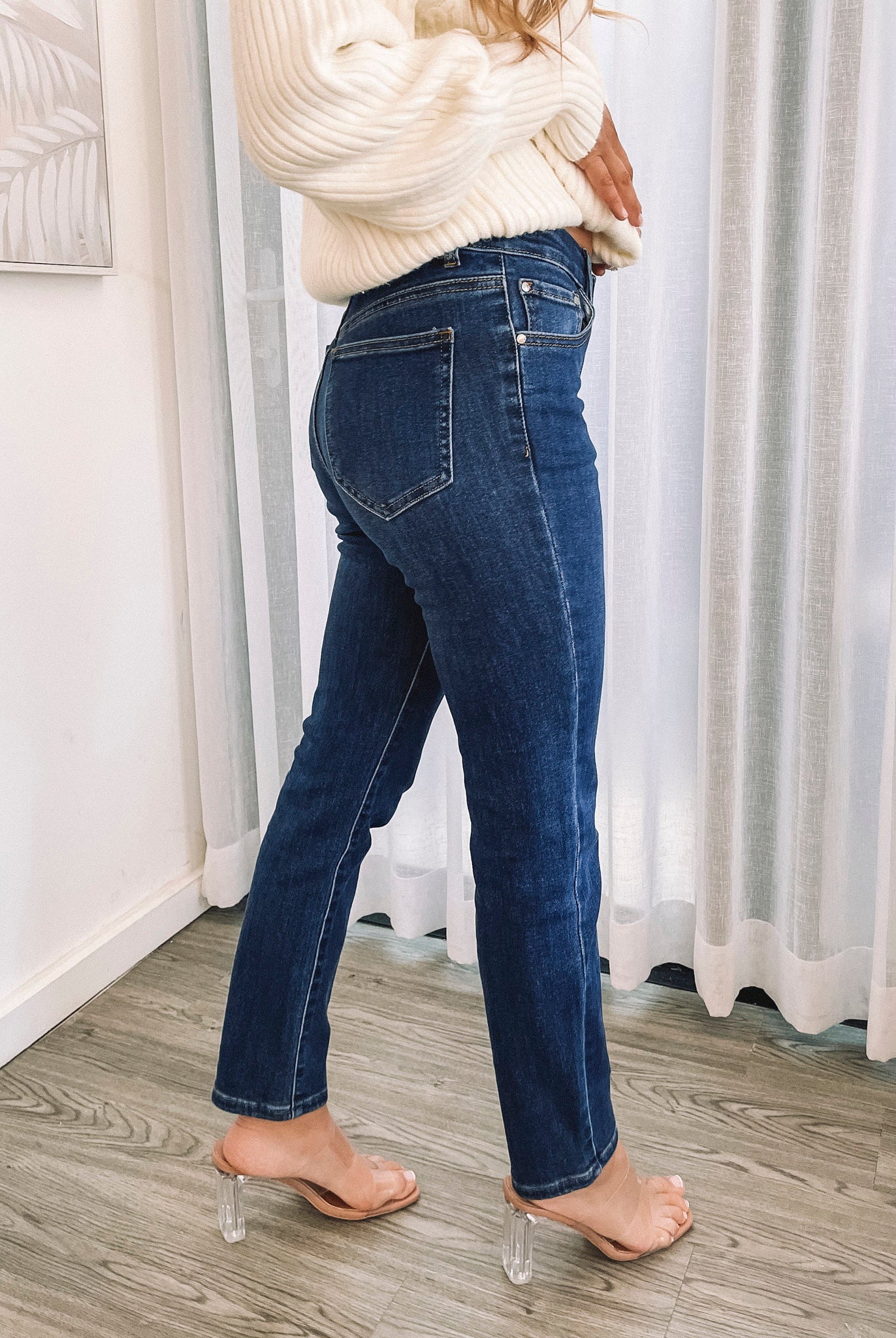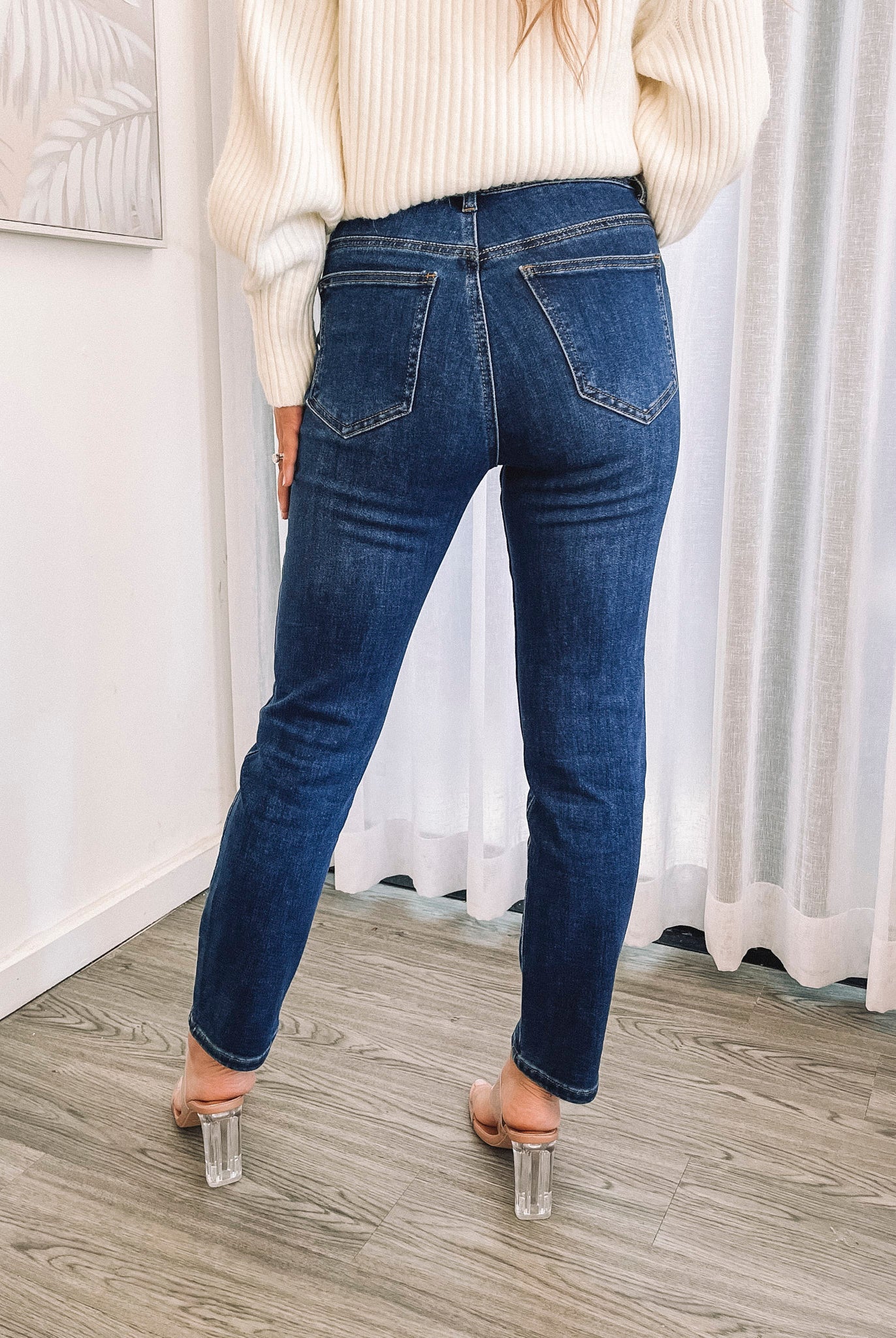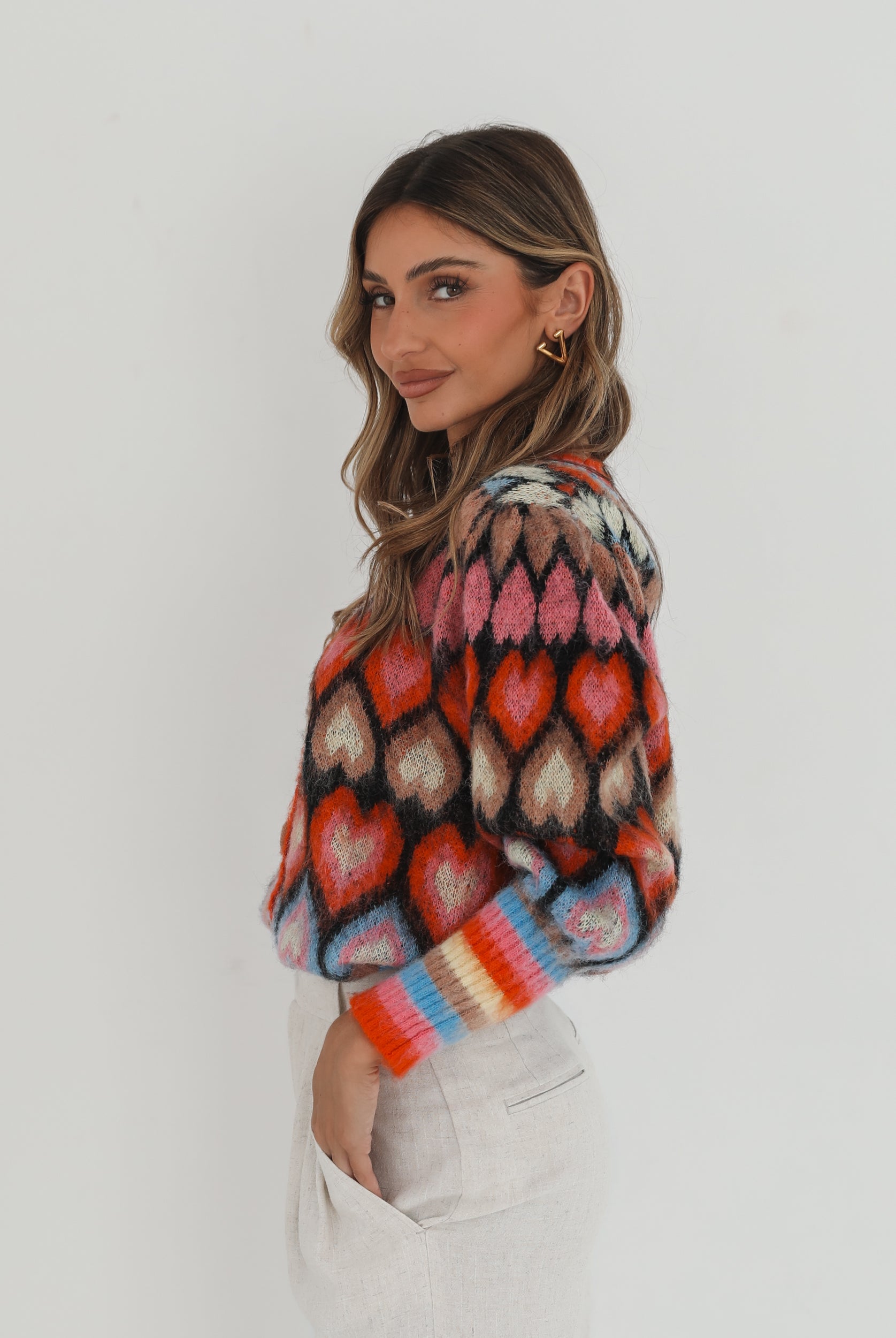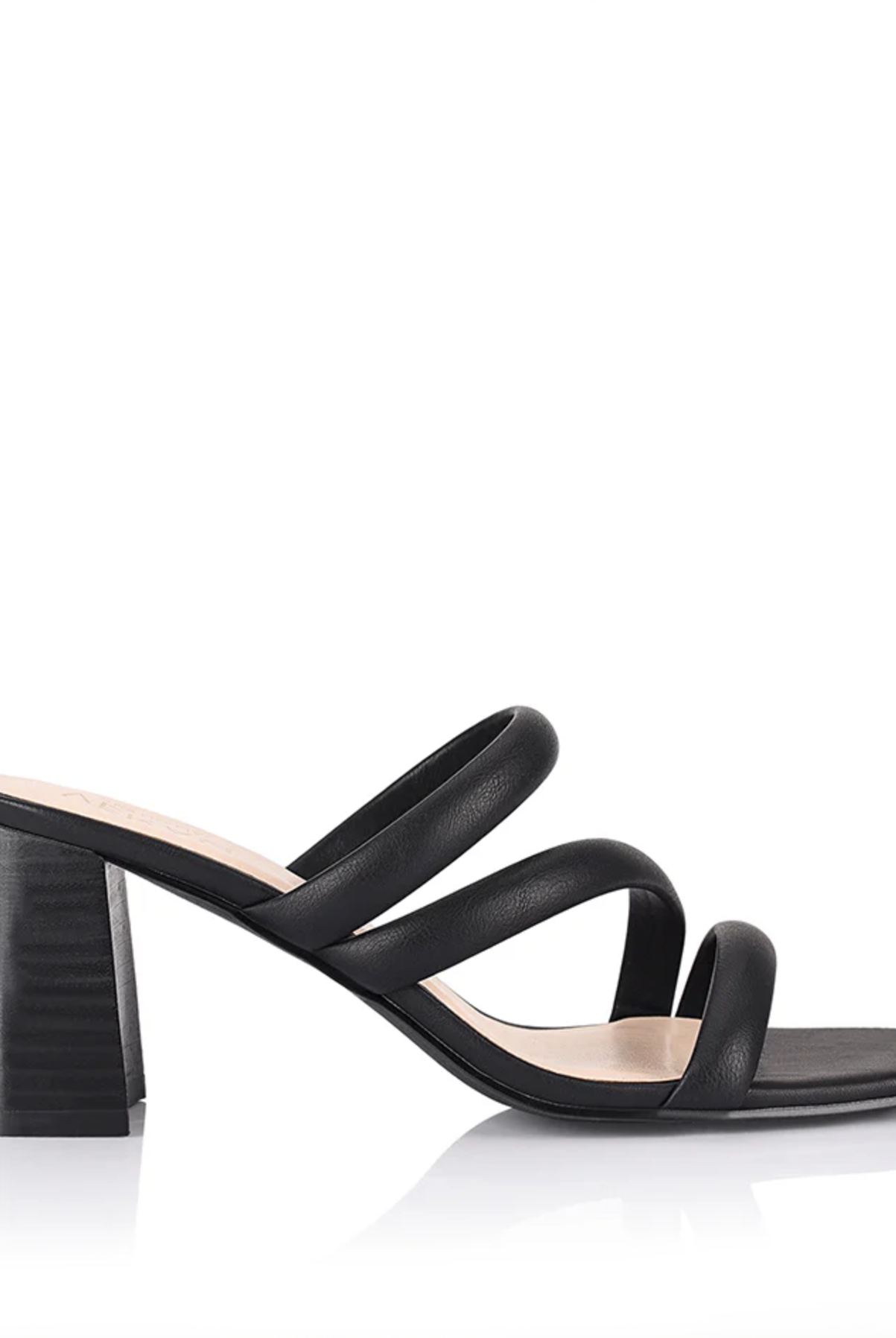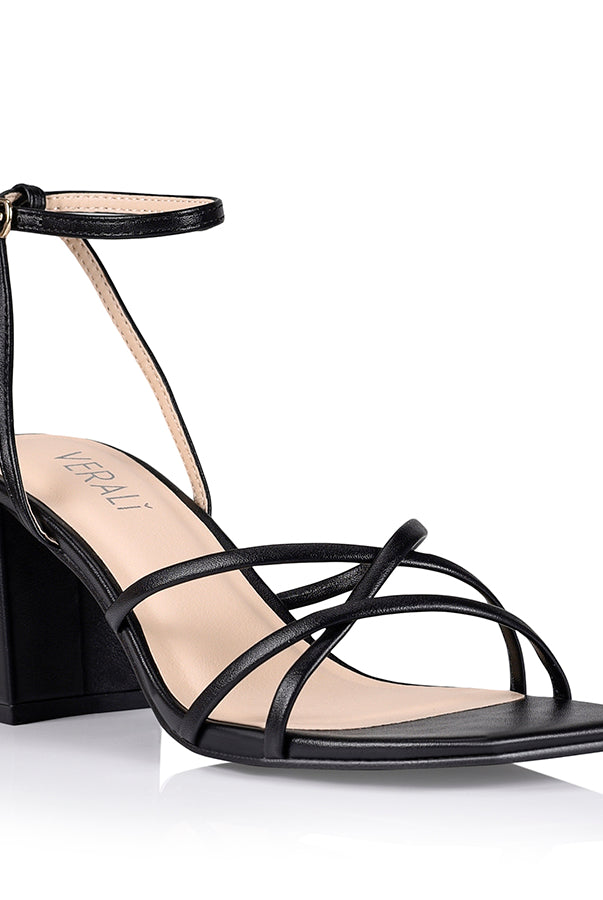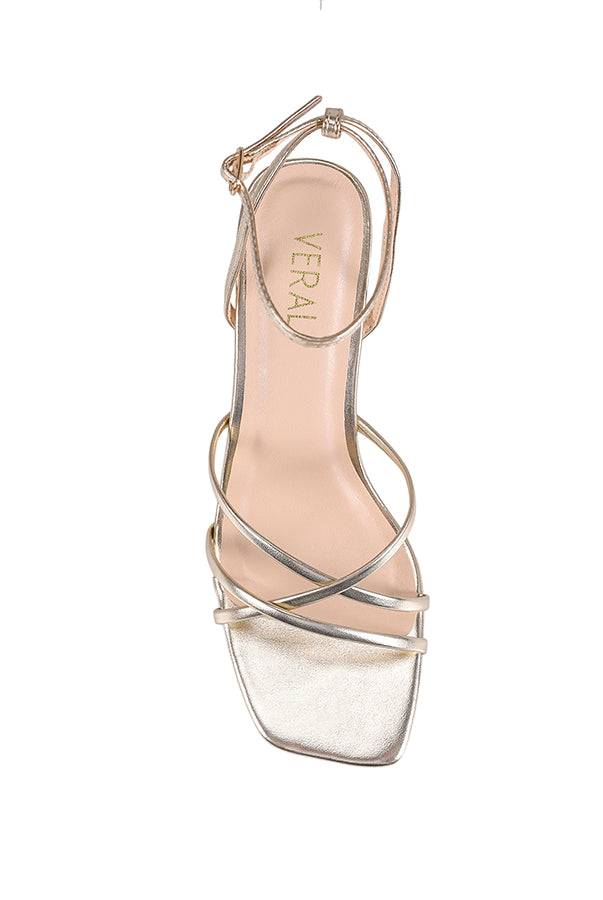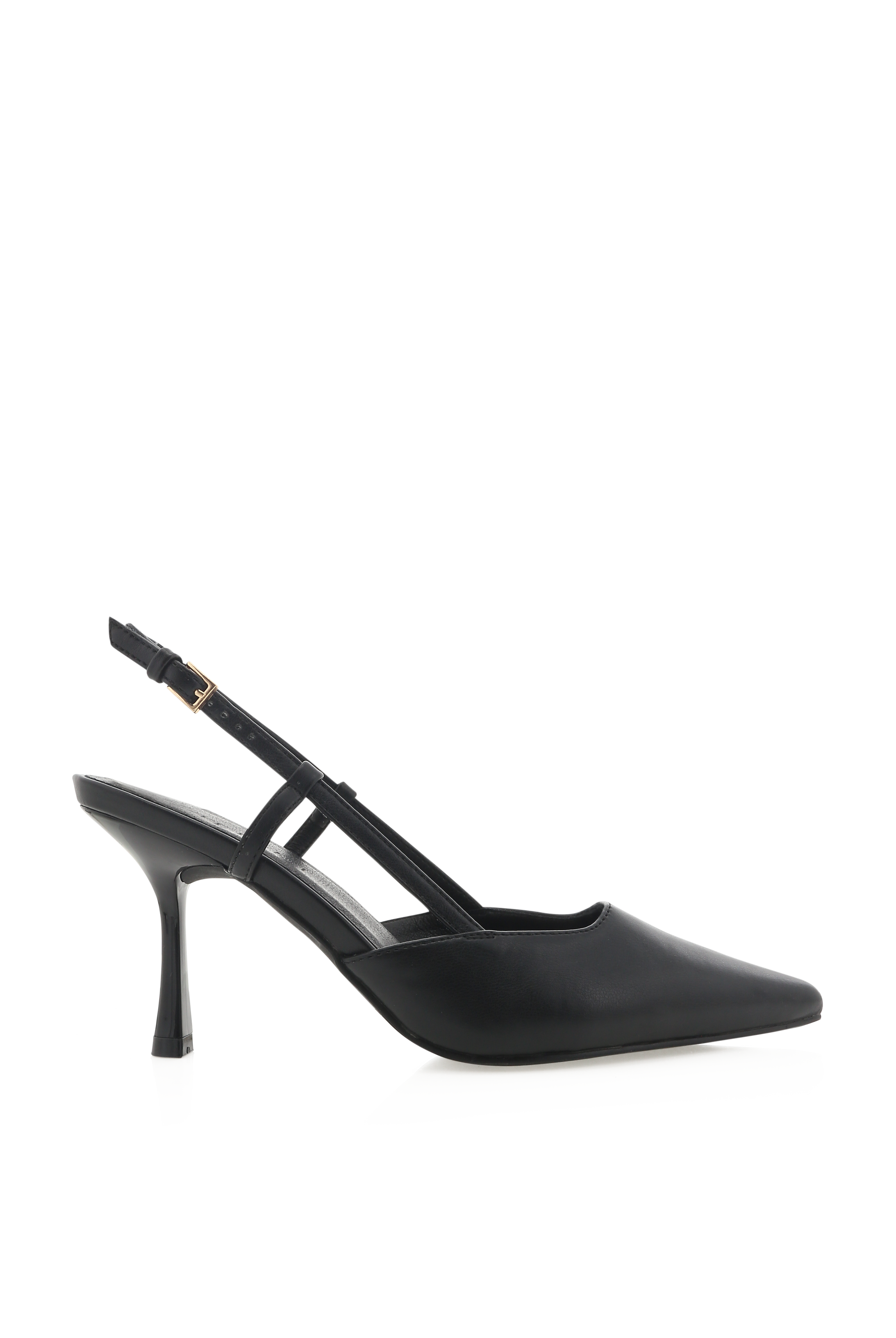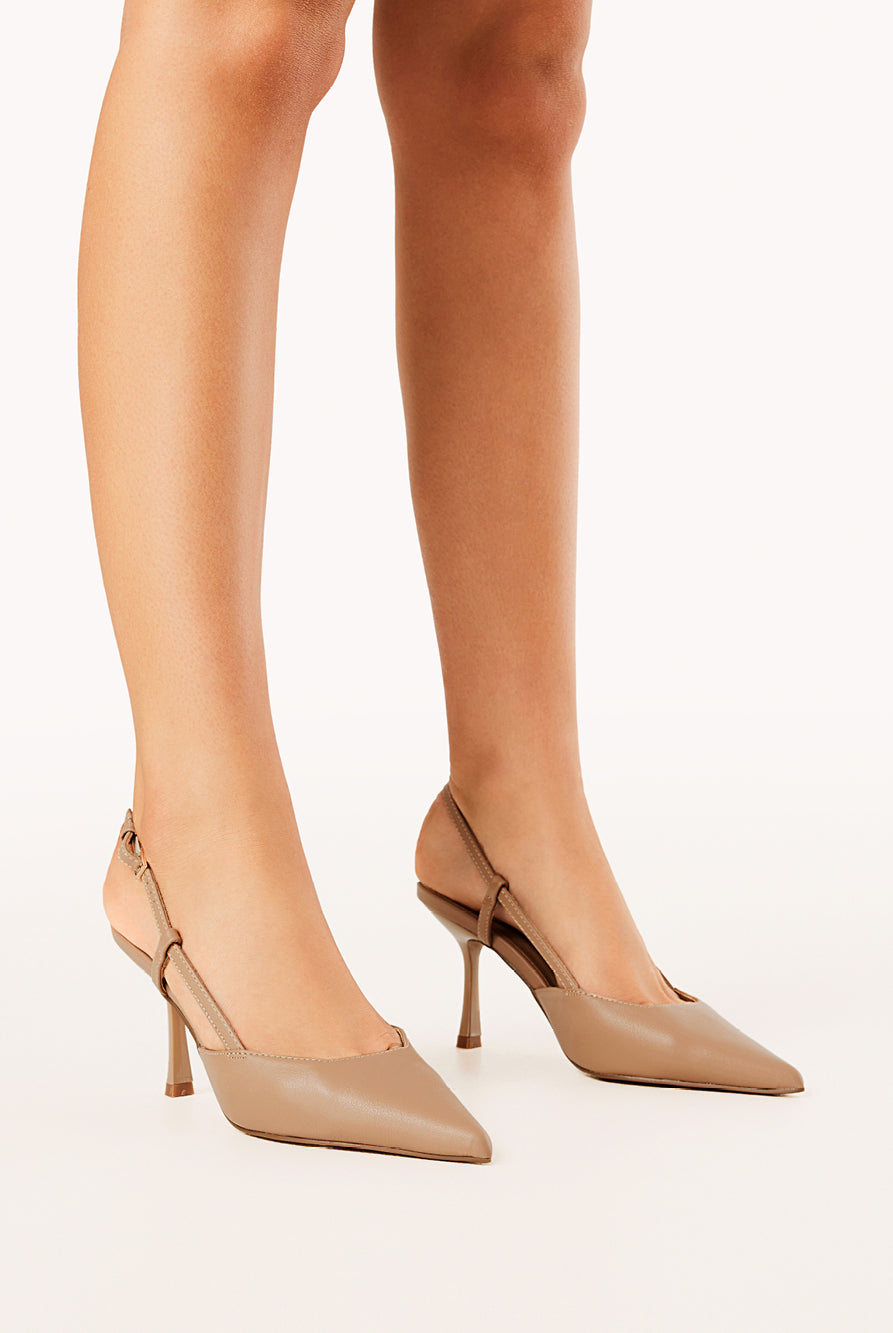Fur in fashion is a controversial issue that continues to attract debate from those within and outside the fashion industry. From Belinda Carlisle & the Go-Gos to Miss USA pageant winners, many celebrities have lent their name to the “Say No to Real Fur” cause. These are some of the celebrities who have campaigned against animal fur in fashion and worked to highlight its real cost.
Celebrities who say no to fur
Singer and animal lover Belinda Carlisle was one of the very first celebrities to appear in PETA’s classic “Rather Go Naked Than Wear Fur” campaign, back in 1991. Carlisle and her band members posed naked for what eventually became a hugely successful campaign.
Carlisle remains an animal lover and vegetarian, and she is still strongly anti-fur. The issue remains important because, as Carlisle is well aware, fur is still used by designers and on the runways to this day.
More recently, four Miss USA winners were involved in the latest version of the same campaign. Shanna Moakler, Susie Castillo, Shandi Finnessey, and Alyssa Campanella posed naked for the shoot. Castillo said that she invited the other three to participate in the campaign as she believed all the suffering that animals endure for fur was “unnecessary” and the cruelty simply “unbelievable”.
These former Miss USA winners were also featured in a special video by PETA highlighting the cruelty of the fur industry, which sees millions of animals tortured, electrocuted, and skinned alive every year.
The cost of fur
Celebrities who lend their names to PETA’s campaign know the real cost of fur. The creation of a fur coat or fur-based clothing usually involves tremendous suffering on the part of the animal.
Animals raised on fur farms live their entire lives in cramped and dirty cages. China is a major supplier of fur, and both dogs and cats are used for and in the Chinese fur industry. Mislabelling is a regular occurrence; many fur-coat wearers may be unaware that they are actually wearing the coat of a dog or cat.
Economic factors dominate when it comes to killing animals and the farmer will likely choose inexpensive options such as electrocution, gassing, hanging, poisoning, or suffocation. Some animals are even skinned alive.
Fur from harvested animals tells a similar story of extreme suffering. Trapped animals can die from blood loss, gangrene or dehydration. The traps, which can include steel-jaw traps, often leave them in excruciating pain for days before they are slaughtered.
Alternatives to fur
Fortunately, it is easy to stay stylish with the range of fur alternatives that are available. These alternatives have the added benefit of using fewer chemicals in the manufacturing process, and are therefore “greener” options as well as being cruelty-free.
Many companies already make synthetic, cruelty-free products that look and feel like fur. Other than standard faux-leather, which can be as durable and stylish as real leather, there is faux-shearling or imitation sheepskin for footwear such as boots.
Faux-fur vests and jackets are also available for the colder months, while coats with faux-fur trims are widely available to those who are looking to stay stylish for winter.
Sources: Animals suffer for furhttp://www.peta.org.au/issue/farmed-or-trapped-animals-used-for-fur-suffer/
Celebrities joining PETA anti-fur campaign: Belinda Carlisle from The Go-Goshttp://www.ecorazzi.com/2013/06/11/belinda-carlisle-reflects-on-vegetarianism-first-peta-ad/
Former Miss USA winnershttp://www.globalanimal.org/2013/06/18/pageant-winners-disrobe-for-peta/100711/
The ethics of choosing faux furhttp://www.peta.org/living/fashion/faux-fur-hot-or-not.aspx







